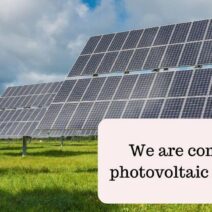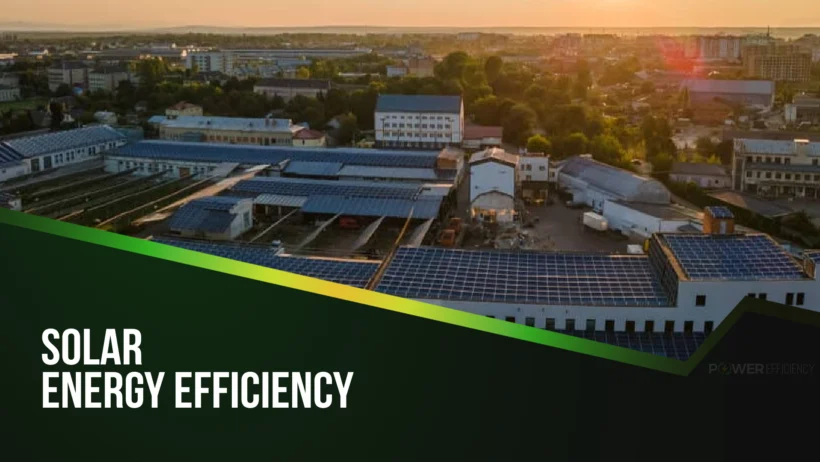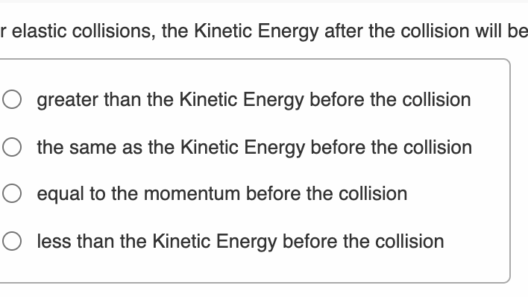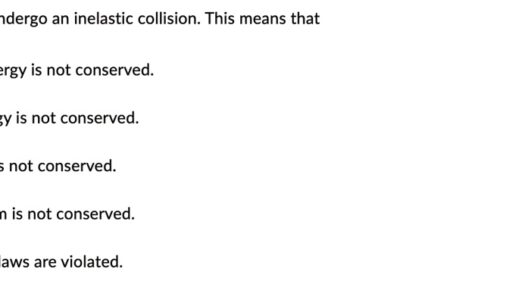Solar energy has emerged as a pillar of sustainable living, yet the quest for its conservation remains a pressing challenge. As many consumers increasingly realize the benefits of harnessing the sun’s rays, they often overlook the avenues to maximize the efficiency of the solar energy systems they install. What if there were simple, yet effective ways to amplify the benefits of your solar setup, but they remained shrouded in ambiguity? In a world increasingly defined by spectacular technological strides, the question persists: How can we truly conserve solar energy while optimizing its efficiency?
The following sections delve into detailed strategies that individuals and communities alike can employ to enhance their solar energy systems, thereby fostering a more sustainable future.
Understanding Solar Energy Consumption
Before diving into conservation strategies, it is imperative to grasp the foundational concept of solar energy consumption. Solar panels convert sunlight into electricity, a process that is inherently dependent on various external conditions—most notably, weather patterns, geographic location, and the physical positioning of the panels themselves. Recognizing these parameters not only helps in understanding the output but also in identifying potential areas for improvement. The effectiveness of solar energy hinges on optimal usage, which raises an intriguing challenge: how can we minimize waste in our day-to-day consumption?
Optimizing Solar Panel Placement
An often-underestimated aspect of solar energy efficiency lies within the placement of solar panels. The latitude of a home, coupled with its orientation towards the sun, heavily influences solar energy capture. Ideal placement maximizes exposure to sunlight throughout the day. Therefore, homeowners should consider the following:
– **Evaluate the Roof’s Orientation**: South-facing roofs typically capture the most sunlight for those in the northern hemisphere. However, east and west-facing panels can also yield significant energy, especially if the consumer’s usage aligns with morning and evening sunlight.
– **Consider Seasonal Variations**: The angle of sunlight shifts with the seasons. Adjustable mounting systems that enable tilting the panels can help optimize exposure during different times of the year, enhancing energy capture and efficiency.
– **Shade Management**: One of the most common pitfalls in solar efficiency stems from obstructions, such as trees or buildings, that cast shadows over the panels. Regularly pruning trees and maintaining properties can make a remarkable difference in ensuring maximum sunlight exposure.
Pairing Solar Systems with Energy Storage
One of the transformative innovations in energy conservation is the integration of solar energy systems with energy storage technologies, such as batteries. This coupling offers an ingenious solution to the variability of solar energy generation, particularly during overcast days or nighttime. Here are relevant considerations:
– **Identify Suitable Battery Options**: Various types of batteries are suited for solar energy systems, ranging from lead-acid to lithium-ion. Assessing the capacity, lifespan, and cost of each option is critical for maximizing efficiency.
– **Time-Based Energy Usage**: Pairing storage solutions with solar generation enables consumers to store energy during peak production times and utilize it during periods of high demand or low generation. This dynamic approach effectively minimizes reliance on non-renewable energy sources, thereby reducing carbon footprints.
– **Smart Energy Management Systems**: These systems allow for optimal tracking and management of energy generation and consumption. Utilizing advanced technologies and applications can inform users about their consumption patterns, guiding proper storage use and minimizing waste.
Maximizing Solar Energy Utilization with Appliances
The appliances used in conjunction with solar energy play a crucial role in conservation efforts. Integrating energy-efficient appliances can significantly curtail electricity demand and maximize the benefits of solar energy. Here’s what to consider:
– **Invest in Energy-Efficient Appliances**: Choose products that bear the Energy Star label or similar certifications. These appliances consume considerably less energy than traditional models, ensuring that the energy generated from solar systems is efficiently utilized.
– **Implement Smart Technology**: Utilizing smart appliances that can be programmed or controlled remotely can enable users to optimize energy consumption. Scheduling high-energy tasks, like dishwashing and laundry, during peak solar generation hours can further enhance efficiency.
– **Encourage Behavior Change**: An often-overlooked aspect of energy efficiency involves consumer habits. Simple lifestyle adjustments—such as using less hot water, turning off lights, and unplugging devices—can lead to substantial energy savings when supported by solar systems.
The Broader Community Impact
Maximizing solar energy at the individual level can yield considerable benefits, yet the ripple effects on the community are equally vital. Here are ways in which community involvement amplifies solar energy conservation:
– **Community Solar Programs**: These programs allow individuals to invest in shared solar projects, reducing individual costs while fostering collective benefits. Such collaborative efforts not only bolster financial accessibility but also build a sense of shared ownership.
– **Advocacy for Sustainable Policies**: Engaging in community advocacy to promote solar-friendly policies can incentivize broader implementations—ranging from tax credits to grants for solar technology, paving the way for more widespread solar adoption.
– **Educational Initiatives**: Spreading knowledge about solar technology and conservation practices can help raise awareness, providing tools for individuals to take informed actions that benefit both themselves and their communities.
In closing, the path to conserving solar energy and maximizing its efficiency is replete with opportunities, challenges, and collaborative potential. By grasping the nuances of solar energy consumption, optimizing resource management, and fostering community engagement, society can not only harness the sun’s energy more effectively but also pave the way towards a resilient and sustainable future for all.







